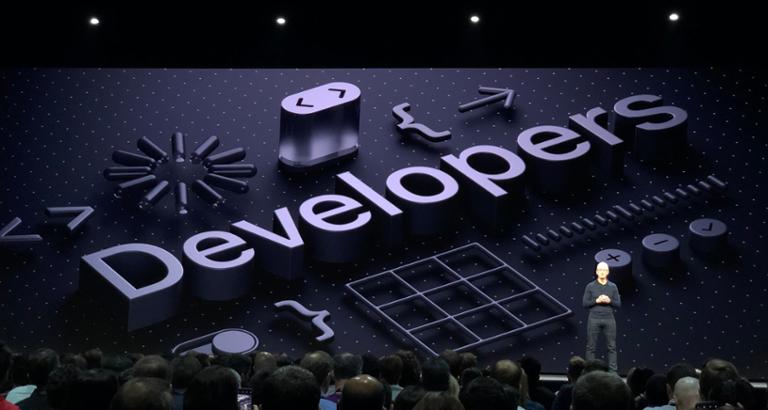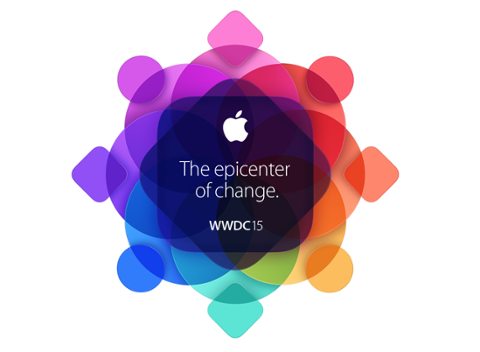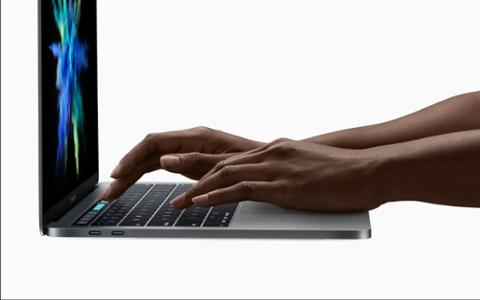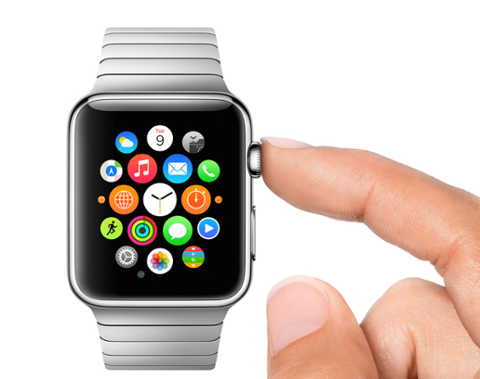An undeniable truth of WWDC 2018: it’s a “down year.” Apple didn't roll out a big, splashy new service, or new hardware. It was all fairly subdued. Even within sessions, there were points when presenters clearly paused for applause... and none came. The energy in almost every session room at WWDC 2018 was passive. Developers just weren't excitable this year. We’ve entered the desert; even the new macOS version is named ’Mojave.’ That's obviously coincidental, but there are parallels.
WWDC & Tooling
In a broad sense, WWDC 2018 was actually
sort of perfect. After years of ARKit and Core ML and HomePod and iMac Pro and huge iOS redesigns and Apple Music, this year's Apple conference drilled into taking advantage of all the tools available to developers. WWDC always asks developers to dig for gems. Many of the best technical announcements come via sessions, but aren't necessarily the primary focus of the sessions themselves. For example, the announcement that Apple Pay will soon have more streamlined button actions for booking hotels or subscribing to services: Having strung-together actions available via one simple click is a big deal, and yet Apple only delved into it as one topic of many during a Friday session, when that feature could easily have carried a whole session on its own. Developers are getting quite a bit of value from Apple in 2018.
ARKit 2 is a massive update, and Apple has provided seamless tooling to make things like two-player AR mode possible.
Create ML is easily the best experience for training machine learning models anywhere, hands down.
The Apple Watch now has support for interactive notifications, which is not only useful for developers but possibly the smartest wearable maneuver any company has yet made. Similarly, Apple previewed cross-platform macOS and iOS apps, which is a big step toward app ubiquity across its platforms.
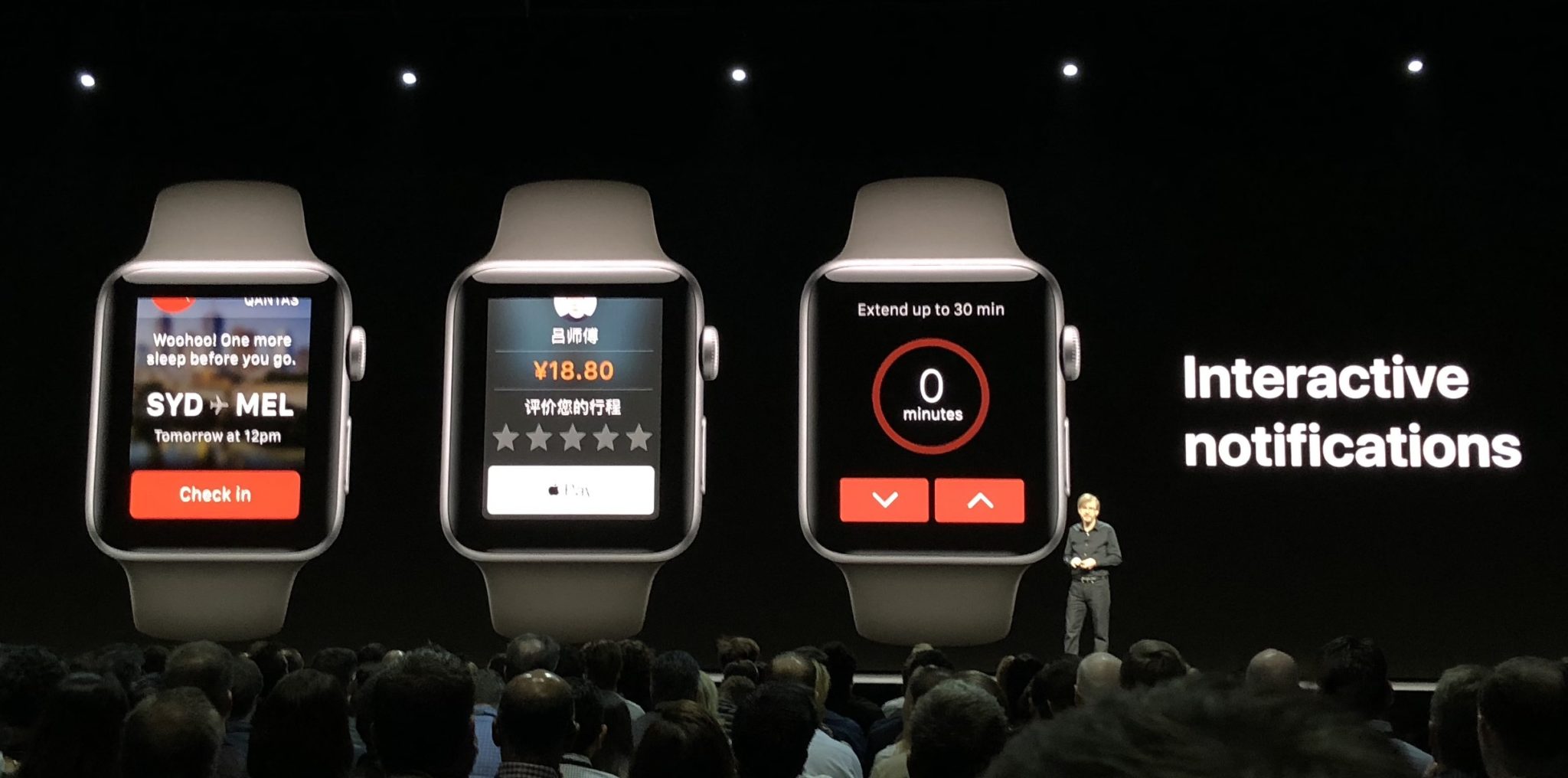
Growth in the Desert
At first blush, your takeaway from WWDC 2018 may be that iOS and macOS are suddenly the same, and watchOS is just a lamprey on iOS. But in reality, Apple is creating fresh pathways through its own terrain, in order to overcome some persistent schisms. Developers saw no reason to write macOS apps when they had iOS counterparts, and Apple Watch needed some upgrades. Indeed, when it comes to the Mac, Apple is facing a serious issue. Native AppKit apps are on the decline, and
many developers are choosing to use Electron to create desktop apps. (Electron is what makes services such as Slack so processor-dependent; it’s just not a good experience.)
In order to solve those issues, Apple provided a way to bring iOS apps to the desktop. MacOS and iOS aren't merging, but opportunities now exist on both platforms, and for the same apps and services. Apple Watch is increasingly being framed as a fitness companion. But many users need more reason to pay $350 for the device, and app makers have been slowly withdrawing support for Apple Watch. That presented a nightmare scenario for Apple. The solution? Better notifications for Apple Watch. Starting this Fall, developers can create unique, interactive notifications for the device; users will be able to complete simple tasks without being asked to look at their phone. These changes are the "hills" growing in Apple's desert.
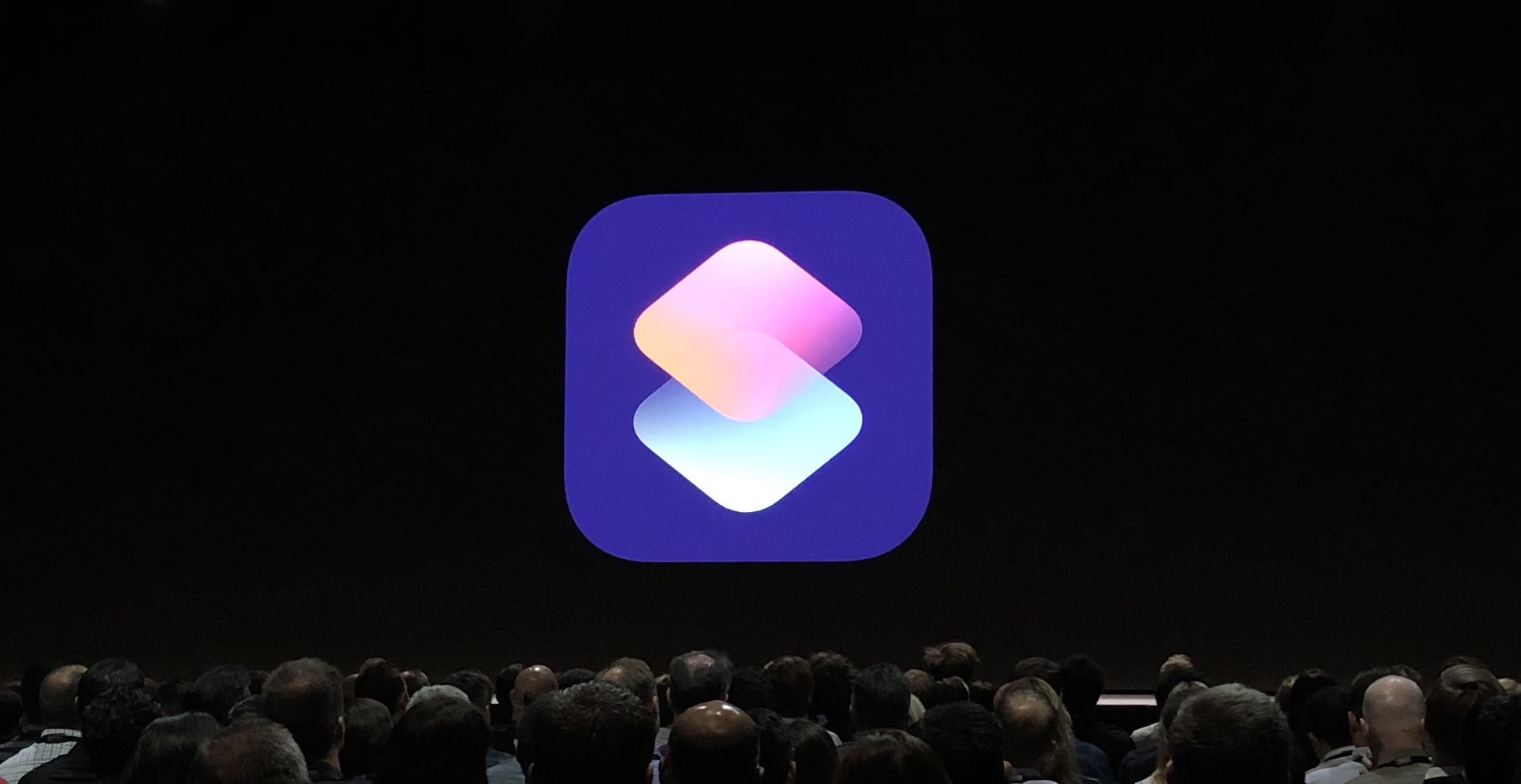
Siri Has Arrived (via Shortcuts)
A few years ago, Apple made an abrupt turn with automation. It (apparently) terminated the person who had been handling macOS’s automation service, and purchased the iOS service/app Workflow, an automation tool. WWDC 2018 showed us why the company made that move. Siri is now an actual, performant voice-first platform.
Siri Shortcuts allow users to create their own voice-first commands to accomplish a seemingly endless variety of tasks. So long as an app supports it, there's potentially a Shortcut for anything the app can do. Developers are also encouraged to create their own Shortcuts for users who don’t want to take the time to make their own; users can choose to string various Shortcuts together for broader tasks – such as HomeKit ‘scenes.’ This solves almost every problem we have with Siri. I’ve commented several times on the silliness of being unable to hail a Lyft from my HomePod (for example). Shortcuts don’t discriminate between hardware or platforms; HomePod will accept Shortcut commands, and the aforementioned Shortcut ‘scenes’ will show on the Apple Watch Siri face. Siri is like the wind whipping through Apple's desert. It can subtly shift sands and reshape hills, but doesn’t disrupt the overall landscape
too much.
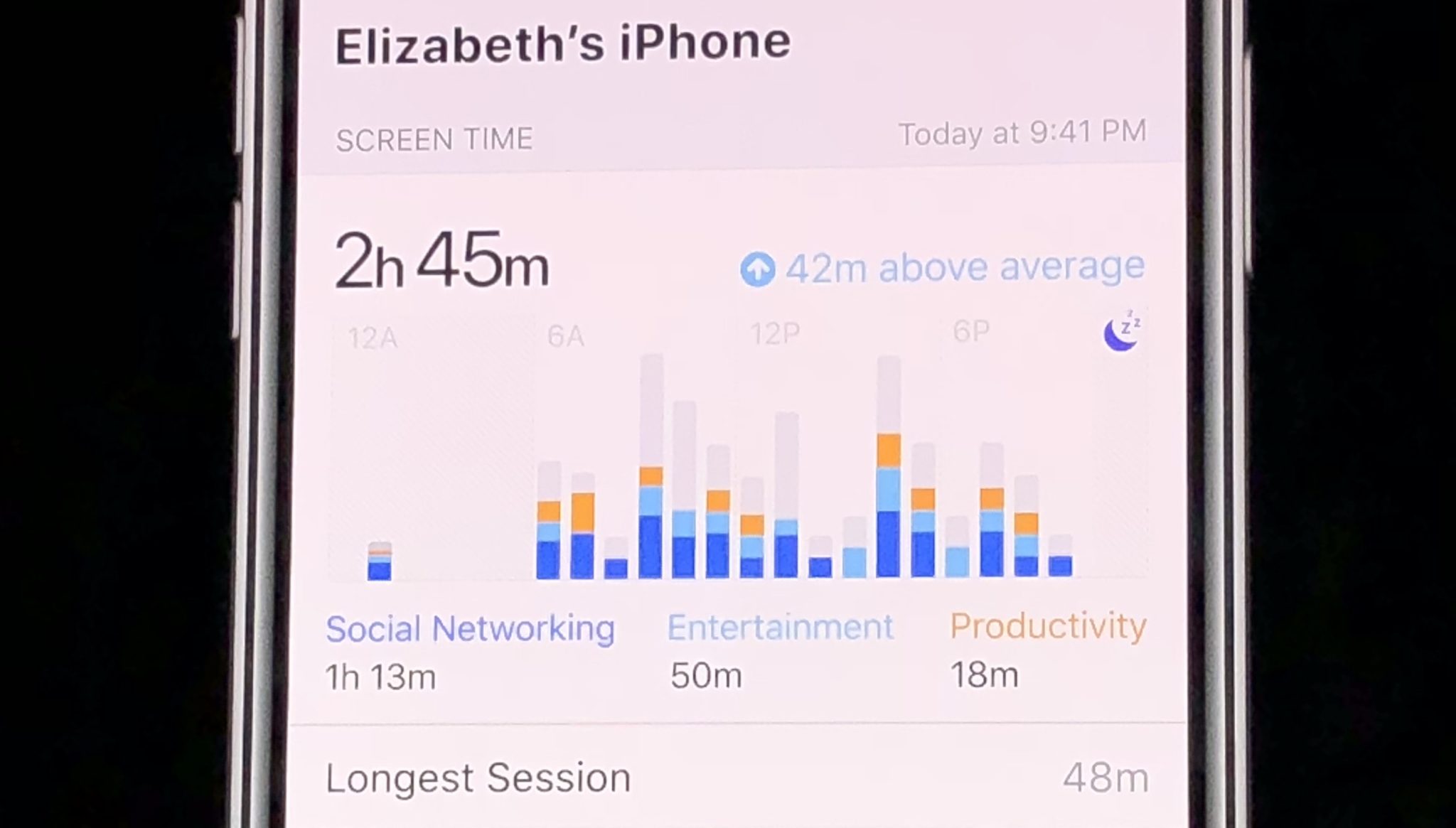
The iOS Mirage
Apple is also trying to reframe how – and why – people use their devices. On one hand, it rolled out some very fun features for iOS. Memoji are personalized animoji, allowing you to create a character that looks like you (or at least who you want to be). It can also be used in photos and FaceTime (which now supports group chatting with up to 32 people). Augmented reality is also communal in iOS 12. Multi-player support is available, and Apple has provided tooling for developers that makes it fairly simple to add to existing app code. Photos has better search and smarter curation of moments. But then Apple tells us to stop using our phones so much. A new feature, dubbed ‘Screen Time,’ lets users set limits for apps, and provides a snapshot of which apps we use, when we’re using them, and how much time we spend within each app. It will even provide weekly reporting, and allow parents to dole out app time ‘allowances’ for their kids. This retreat from phones is a bit confusing, at least until we consider what Apple is
not saying. I’ve posited that Screen Time could actually be an attempt at behavioral correction, setting up the company's audience for an augmented-reality headset Apple doesn’t deny is in the works. At the same time, Apple might be disgusted by what some players have done in the app ecosystem it created (cough, Facebook, cough), and is trying to nudge users to tone down their use of those services. (In Safari in macOS Mojave, there's also the option to disable social sharing buttons and comments sections, which social networks can use to track you across the web. Apple is doubling down on privacy, in other words.) Apple Watch’s new interactive notifications are available for any type of app, but are not well-suited for apps such as Facebook that attempt to command the lion’s share of your on-screen time. The Watch wants you to interact briefly, in direct opposition to those websites and social networks that want you to spend as much time on them as possible. iOS and Apple Watch notifications, often generators for spending too much time in apps, can also be sent directly to the notification center without splashing across your screen. If we’re still in the desert, Apple is framing the apps we overuse as a mirage.
They weren’t what we thought, and studies show they may actually be seriously damaging to our mental health.
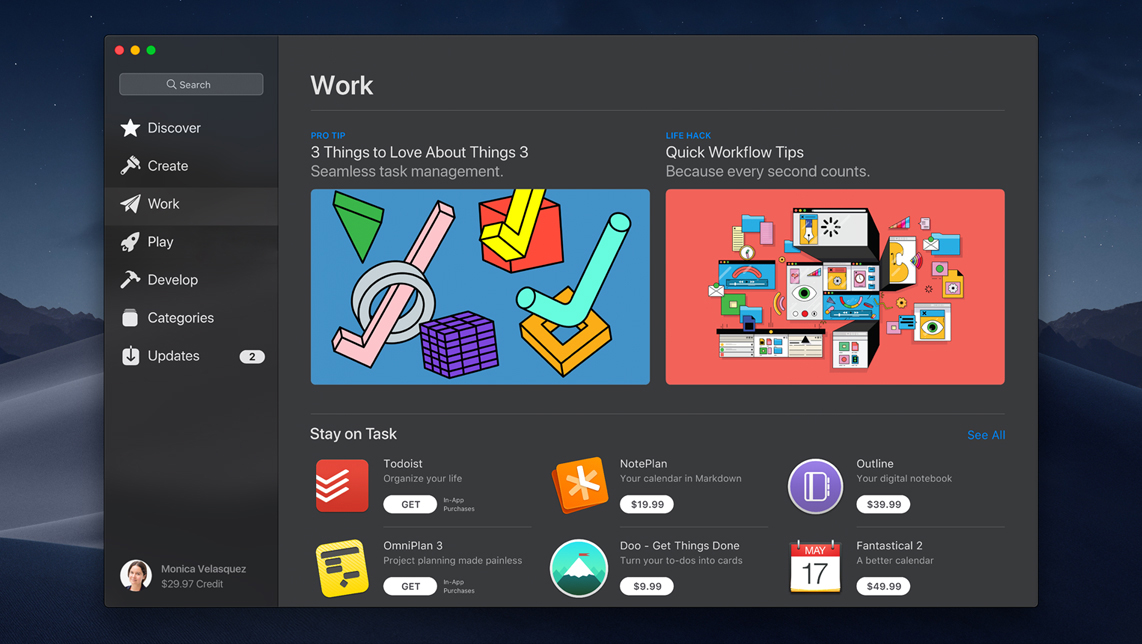
WWDC 2018 Takeaways
I’m a fan of subtlety, and WWDC 2018 had plenty of it. One of my favorite things was Apple taking lighthearted jabs at its developer community – or at least the squeaky wheels in the community, the same ones claiming Apple doesn’t listen and doesn’t care.
The new Mac App Store is among the most exciting things about WWDC 2018, in my view. I’ve written about it at length already, and I see it as a gigantic opportunity for macOS and iOS developers alike. Today it’s a redesign; tomorrow,
it’s a pillar for the Mac. (Also, dark mode for the Mac is awesome.) 2018 may have been a “down” year, but there is nothing to be down about. Efforts are being made toward greater stability rather than adding new features, and that’s most evident beyond iOS. Apple Watch notifications shore up a glaring issue with its wearable, and Siri is now (nearly) endlessly extensible. The Mac will soon have far more secure, stable apps available for it.
(We haven’t yet begun to consider what iOS apps coming to macOS means in reverse, or if it will be possible. It’s being framed as mobile apps making a home on the desktop, but we have to wonder if some desktop apps will also be made available to mobile devices.) Eventually, we’ll be out of the desert. The past few WWDCs have been dense and difficult terrain – like Yosemite, or the High Sierra. Now we’ve got time and space to make sense of things. If WWDC's past is any indication, we’ll be in this sandy expanse for a few more years, then we’ll probably get to the coast. Or maybe by then, Apple will embrace that it’s an island unto itself in the world of tech: Here’s to macOS Catalina.



